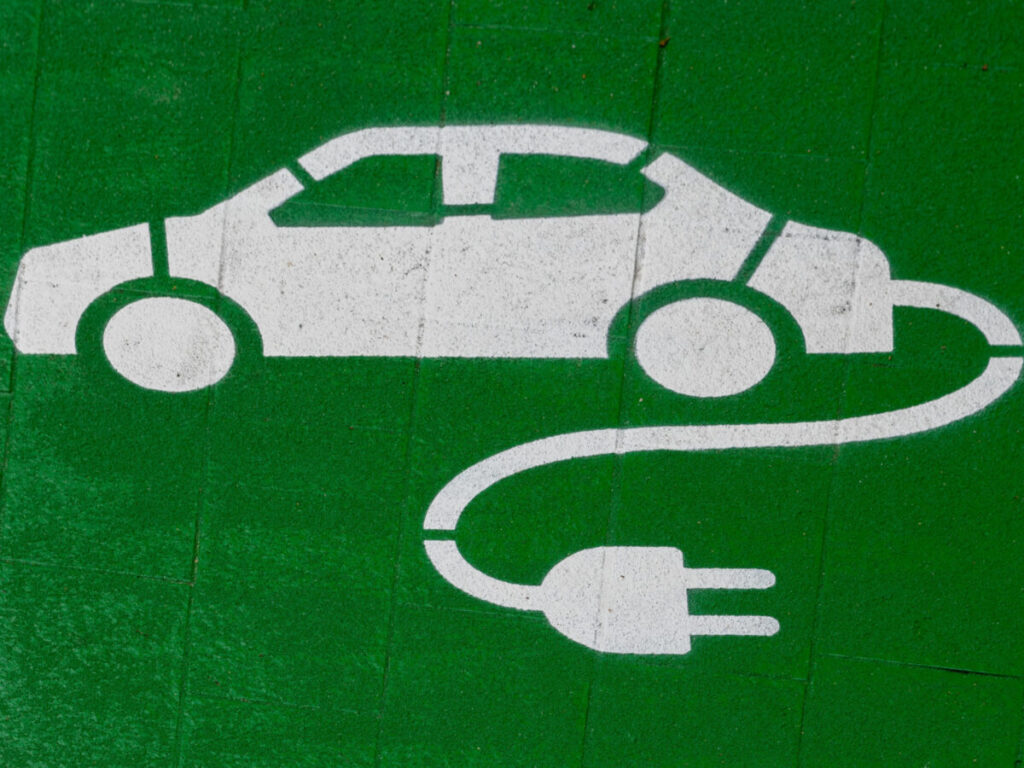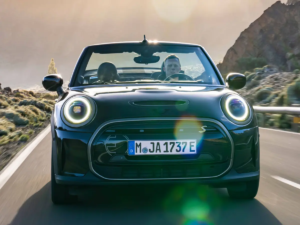Is the e-car the climate saver or is it better than a combustion engine? While VW, Audi, Mercedes and Co. are heralding the end of diesel and gasoline engines, researchers are questioning the electric car and uncovering arithmetic errors.

At Audi, combustion engines should no longer roll off the assembly line in five years. Mercedes wants to abolish diesel and gasoline engines in 2030. And at VW, the end of combustion engines in Europe will follow in 2035. The future obviously belongs to the electric car. There is hardly a car manufacturer who does not offer a Stromer or has ushered in the end of the combustion engine. But is the electric car really more climate-friendly than diesel and gasoline? There are now doubts about that again.
E-CAR VS. COMBUSTION ENGINE: IS IT ALL JUST A MISUNDERSTANDING?
Anyone who buys an e-car also usually knows that the electricity he or she uses to fill up the Stromer is not always green. On the contrary: coal electricity often flows into the batteries of electric cars. Nevertheless, many studies assume that an e-car has a better CO2 balance than modern diesel or gasoline-powered vehicles. According to experts, this climate calculation does not work out. Scientists now claim that the assumption of the electric car as a climate saver and the EU’s calculation of emissions are based on a calculation error. Emissions, according to the researchers, were miscalculated.
In a letter that is available to Focus Online , a total of 171 scientists turned to the EU Commission. The engineers and drive experts, who are united in the IASTEC (International Association of sustainable drivetrain and vehicle technology research), point out that, according to their calculations, the CO2 emissions will be twice as high after 2030 as forecast by the EU Commission . This is also supposed to be proven by a calculation that appeared in the journal for applied mathematics and mechanics.
RESEARCHERS POINT TO MASSIVE CALCULATION ERRORS
The main problem: By 2030, according to the researchers, not all electricity production will be due to wind turbines and solar systems, but will continue to be due to coal and gas. With the additional demand for e-cars, the CO2 emissions of this sector would also increase. In order to be included in the total available CO2 budget, the annual emissions must therefore be added up. The EU Commission does not take this into account, or not sufficiently. In addition, there is the lack of application of Leibniz’s laws. Since a factor has been formulated incorrectly, this increases the errors in the estimate.
In practice this means: An e-car like the VW ID.3, with a life cycle of 15 years and 220,000 km mileage, does not cause 14, but 30 tonnes of CO2 in operation through the power grid according to the correct calculation. The effort involved in providing the charging infrastructure and building the e-car has not yet been taken into account. In contrast, the carbon footprint of a full diesel hybrid fueled with R33 (67% fossil fuel, 33% biofuel) would then be even better than that of the electric car.
E-CAR: DIFFERENT OPINIONS, ONE GOAL
Such allegations, in which car manufacturers and politicians are spicing up the eco-balance of e-cars with a calculation method that is favorable to them, are not new . In addition, researchers contradict each other. Christian Rehtanz, professor at TU Dortmund University, criticizes the letter to the EU Commission: “The letter is extremely embarrassing. It is a scientifically disguised lobbyist letter that tries desperately to save the piston engines. “
But whether one way or the other. The aim of the entire discussion is clear: more energy from renewable energy sources and less coal-based electricity. To stop climate change, it does not help to do bills and lobby work just to be able to realize higher profits. Can the e-car be a climate saver? It seems possible. But there is still a long way to go.


